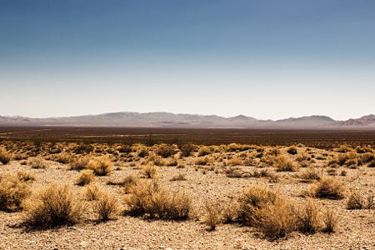More Than 98% Of U.S. Southwest Now In Drought


Source water scarcity is growing throughout the U.S., presenting problems for water systems and consumers as it does. Now, virtually every part of the most severely impacted section of the country is feeling the strain.
“Drought conditions [have] worsened in much of the Southwest… according to the latest update from the US Drought Monitor, deepening the region’s water crisis and fueling record-setting wildfires across multiple states,” CNN reported. “More than 98% of the Southwest is in drought.”
This region has been struggling to maintain drinking water supplies for some time, but as climate change and population growth intensify the lack of this critical resource, historic actions are being taken in the Southwest. Arizona has explored a desalination partnership with Mexico, and the U.S. Department of Interior has made an unprecedented change to its use of the Colorado River, for instance.
In California, perhaps the most severely impacted state in the region, two major reservoirs have recently reached “critically low” levels. And drought is beginning to have a major impact on consumers.
“Los Angeles, the nation’s second-biggest city of 4 million, is ordering residents to water their lawns no more than two days a week from three, as a drought tightens its grip on California,” per BNN Bloomberg. “Across the state, governments are taking similar measures to cope with potential water shortages.”
But even emergency actions and mandatory consumer cuts may not be enough to bolster drinking water, as this historic Southwestern drought does not appear to be subsiding anytime soon. As water managers throughout that part of the country continue to battle low drinking water supplies, it’s almost guaranteed that additional desperate actions will have to be taken.
“This is a crisis. This is unprecedented,” Adel Hagekhalil, the general manager for the Metropolitan Water District of Southern California, told CNN. “We have never done anything like this before and because we haven’t seen this situation happen like this before, we don’t have enough water to meet normal demands for the six million people living in [this region].”
To read more about how water systems in the Southwest are coping with diminishing drinking water supplies, visit Water Online’s Water Scarcity Solutions Center.
